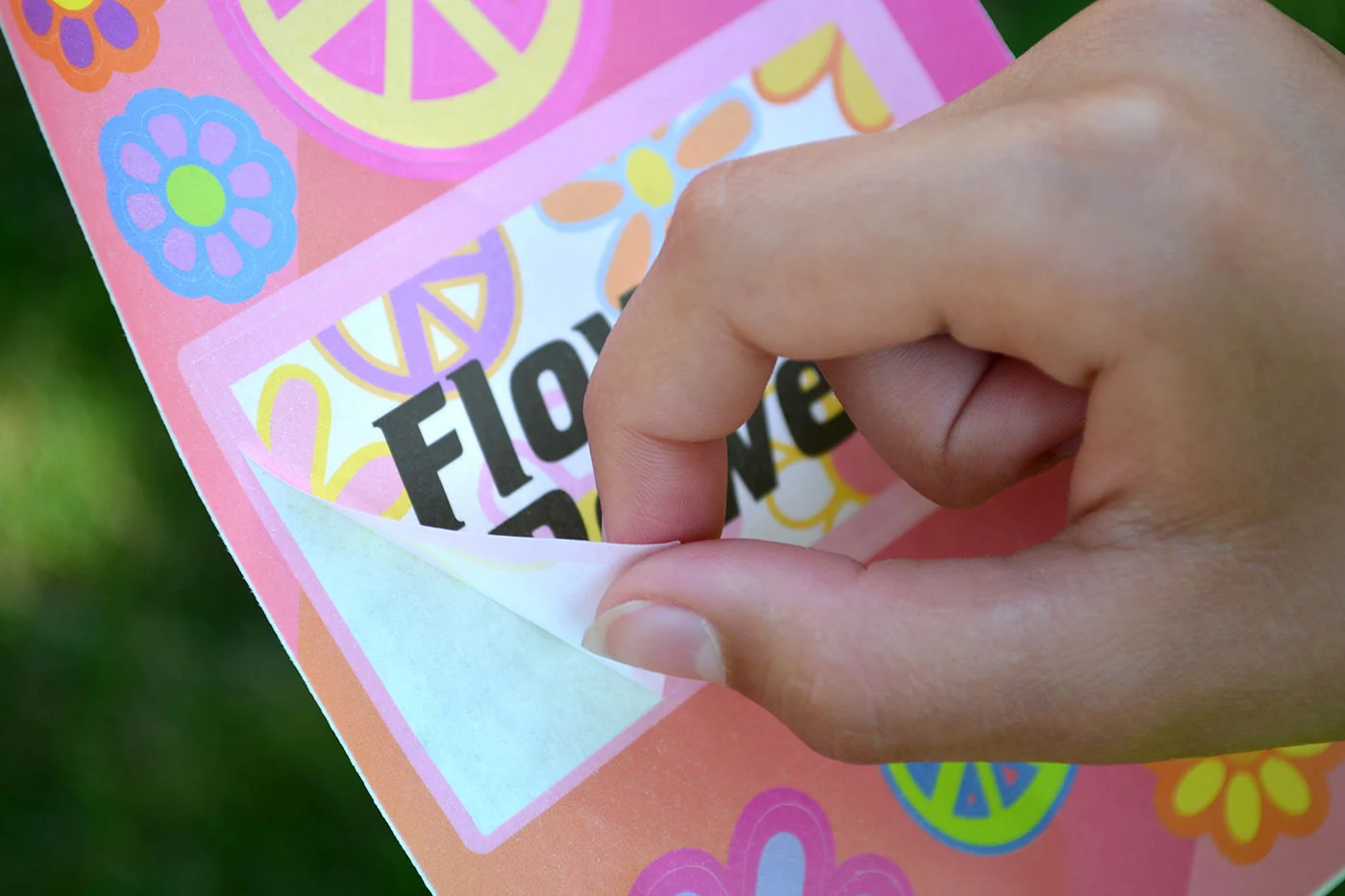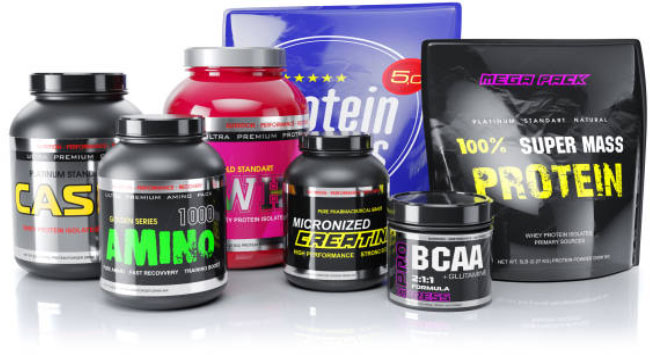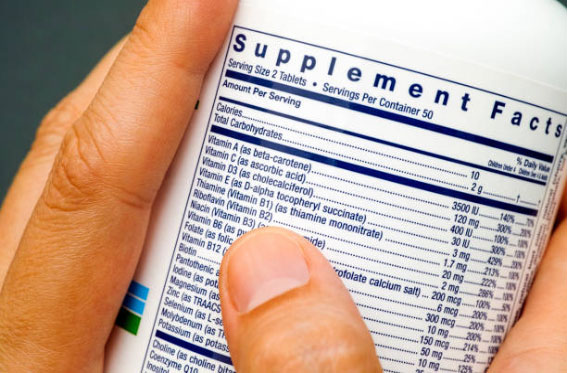As governments slowly lift marijuana restrictions, cannabis innovators look for new ways to normalize the plant. The introduction of cannabis-infused beer faced backlash not only from the government, but from the beer industry as well. The first innovators to break ground in the market of cannabis-infused beer have straddled the line between federal and state regulation of cannabis products and alcohol, facing adversity from all angles including the cannabis industry, the beer industry and all levels of government. Ultimately, the cannabis-infused beer crafters are striving to legitimize cannabis to many different parts of society.
Problems with Public Perception
While Americans have gradually become more accepting of cannabis overall in recent years, many are staunchly opposed to the push for recreational cannabis legalization and believe the only legitimacy of cannabis resides in its medicinal applications. Others believe that cannabis is objectively less harmful than alcohol and therefore should not face such stringent legal barriers considering the legal status of alcohol.
Creating New Products in the Face of Stringent Legislation
Cannabis-infused beers present unique challenges to brewers on many fronts. Federal law prohibits the sale of any mixture of alcohol and tetrahydrocannabinol (THC), so brewers must ensure any cannabis used in the brewing process does not contain THC. Many beverage makers seeking to create THC-infused drinks have turned to nonalcoholic beverages like sparkling water, juice, and tea, while cannabis-infused beer brewers have turned to using different cannabis byproducts in their alcoholic beers.
Some brewers, like Keith Villa, inventor of the wildly popular Blue Moon Pale Ale, have started developing recipes for nonalcoholic beer infused with low doses of THC. Grainwave, the first of its kind from Ceria Beverages, hit store shelves in Colorado in December of 2018. Other notable brewers in years past faced legal trouble for experimenting with cannabis-infused beverages, including Lagunitas, which was raided by the California Alcohol Control Board in 2005 for “disorderly house,” and Dad & Dude’s Breweria, which produced the first commercial CBD-infused beer that led to a 2016 legal battle over the beverage, dubbed General Washington’s Secret Stash in an homage to the hemp-growing first President of the United States.
RELATED ARTICLE: The History of Cannabis-Infused Craft Beer
The Push for Legitimacy is a Long Game
Some of the harshest scrutiny facing brewers of cannabis-infused beer comes from the craft brewing community. While these brewers generally strive to create beers with cannabis byproducts that can stand on their own regardless of CBD or THC content, many other craft brewers see the push for cannabis additives in beer as nothing but a gimmick. For example, the Boston Beer Company, the largest craft brewery in the US and makers of the Sam Adams brand, warned in 2016 that THC and CBD-infused beers could devastate the craft beer market and advised consumers not to support those brewers experimenting with cannabis-infused beer. However, a recent survey from the Brewers’ Association reported that craft beer brewers responded overwhelmingly that they planned to experiment with cannabis-infused beer in the near future.
Century Label understands the challenges facing brewers of cannabis-infused beer in the US. Our experience with custom label design can help ensure full compliance at the local, state, and federal level with readable, beautifully designed product labels. Contact us to learn more about Century Label’s services for cannabis-infused beer labeling.

















